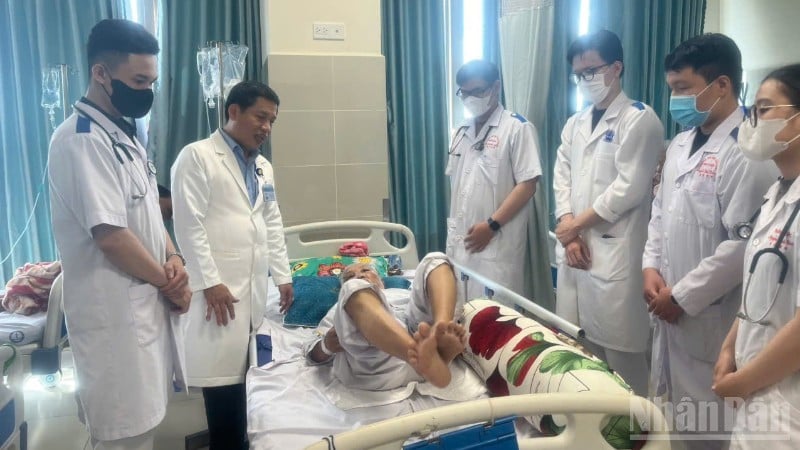
According to Tien Giang General Hospital, on the morning of October 31, the hospital received a female patient named Dinh Thi C, born in 1949, residing in Tan Huong commune, Dong Thap province.
In a quick conversation with the patient's child, the hospital doctor noted: That same morning, after finishing personal hygiene, the patient suddenly had difficulty speaking and collapsed on the floor.
Immediately after that, the patient's family quickly took him to Tien Giang General Hospital. Here, doctors noted that the patient could not speak and was completely paralyzed on the right side of his body. The patient was ordered a CT scan of the brain and a neurologist was invited for an urgent consultation.
After the results of the brain CT scan, the patient was diagnosed with a left hemisphere cerebral infarction in the second hour and was prescribed thrombolytic drugs immediately.
The patient then underwent a CT scan of the brain and was found to have a complete blockage of the left hemisphere middle cerebral artery. Immediately, Tien Giang General Hospital consulted with vascular interventional doctors from People's Hospital 115 and was assigned to perform endovascular intervention to remove the thrombus using mechanical instruments.
With the support of vascular interventional doctors of People's Hospital 115, doctors of Tien Giang General Hospital successfully performed the above thrombectomy technique on this patient.
After removing the blood clot, the patient's brain blood circulation returned to normal. Currently, the patient is awake and his muscle strength has almost completely recovered.
Discussing this issue, Dr. Nguyen Van Dung, Deputy Head of the Department of Neurology (Tien Giang General Hospital) said: Endovascular intervention to remove blood clots using mechanical devices along with intravenous thrombolytic drugs are two methods of recanalization in the treatment of ischemic stroke today. Doctors use specialized equipment to go directly to the site of blockage in the brain to remove or suck out the blood clot.
After being diagnosed with ischemic stroke (also known as cerebral infarction), doctors used intravenous thrombolytic drugs and immediately performed a CT scan of the cerebral blood vessels.
If a blood clot is still present (common in cases of large vessel occlusion), doctors will quickly perform a mechanical thrombectomy. First, doctors will puncture the femoral artery under X-ray guidance. Next, a catheter is threaded through the blood vessels up to the blocked cerebral artery.
Next, the doctor uses a thrombectomy device such as a stent that opens inside the vessel, catches the thrombus, and pulls it out, or another specialized tool that uses suction to suck out the clot, or a combination of both.
Doctors performed recanalization examination by digital subtraction angiography (DSA). Finally, the patient was monitored and treated after the procedure in the stroke unit of the Department of Neurology.
The most effective time to perform this technique is within the first 6 hours from the onset of symptoms. Some selected cases (based on CT scan or MRI brain perfusion imaging) can extend the treatment window to 16-24 hours.
According to Dr. Do Quang Thanh, Deputy Director of Tien Giang General Hospital, the two methods of endovascular intervention, mechanical thrombectomy and intravenous thrombolysis, are both important recanalization methods, the main methods in the treatment of acute ischemic stroke, and they are often used in combination to optimize effectiveness.
Intravenous thrombolysis is usually given to patients within the first 4.5 hours (can be extended to 24-48 hours, depending on the case). Mechanical thrombectomy is an advanced technique that can be added to intravenous thrombolysis and can extend the treatment time, especially effective in cases of large cerebral vessel occlusion.
This combination helps increase the rate of cerebral revascularization and can restore complete health in patients with acute ischemic stroke.
These techniques have so far only been performed in large hospitals. This is the first case where Tien Giang General Hospital has been able to perform the technique of removing blood clots using mechanical instruments to treat acute ischemic stroke.
In the near future, Dr. Do Quang Thanh said that doctors at Tien Giang General Hospital will master this technique and will save lives and fully recover patients with acute ischemic stroke on the spot, without having to transfer to a higher level hospital.
Source: https://nhandan.vn/cuu-thanh-cong-benh-nhan-bi-dot-quy-thieu-mau-nao-cap-nang-post920157.html




![[Photo] Opening of the 14th Conference of the 13th Party Central Committee](https://vphoto.vietnam.vn/thumb/1200x675/vietnam/resource/IMAGE/2025/11/05/1762310995216_a5-bnd-5742-5255-jpg.webp)
![[Photo] Panorama of the Patriotic Emulation Congress of Nhan Dan Newspaper for the period 2025-2030](https://vphoto.vietnam.vn/thumb/1200x675/vietnam/resource/IMAGE/2025/11/04/1762252775462_ndo_br_dhthiduayeuncbaond-6125-jpg.webp)








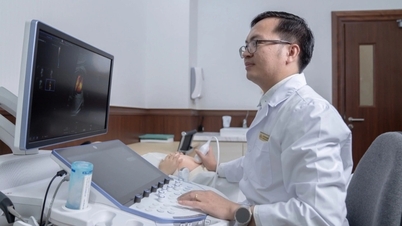









![[Photo] Opening of the 14th Conference of the 13th Party Central Committee](https://vphoto.vietnam.vn/thumb/402x226/vietnam/resource/IMAGE/2025/11/05/1762310995216_a5-bnd-5742-5255-jpg.webp)
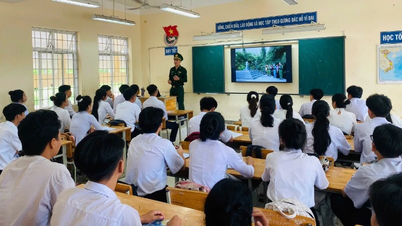





















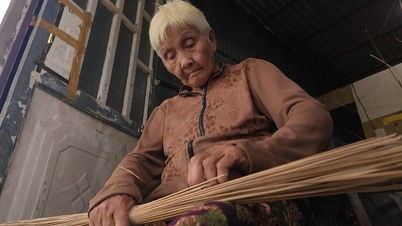





















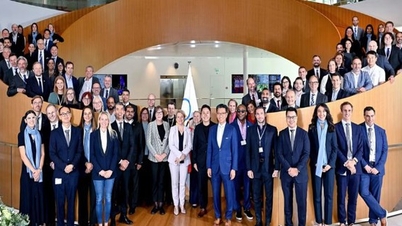



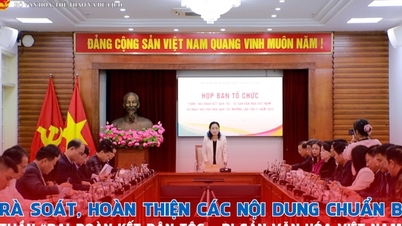
























Comment (0)